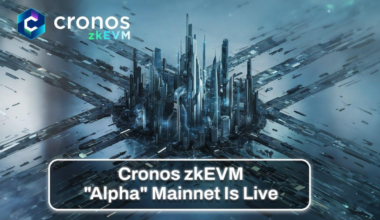In a puzzling event that occurred in September 2021, thousands of deposit addresses from popular cryptocurrency exchange KuCoin sent a substantial amount of Ethereum’s native token, $ETH, to a burn address for reasons that remain unclear.
Over a three-day period starting on September 7, more than 3,500 transactions of Tether’s $USDT stablecoin and ETH were involved in this unusual activity, as revealed by Coinbase Director Conor Grogan, who relied on Arkham Intelligence data.
Understanding Token Burns and the Null Address:
Token burns involve sending tokens to an address from which they cannot be recovered, effectively removing them from circulation.
In the case of Ethereum, this address is commonly referred to as the null address. While token burns are not uncommon as part of token economic models, the large-scale burning of ETH within a short time frame without a clear explanation is highly unusual.
Speculating on Possible Reasons:
In his tweet, Grogan theorized that there might have been a one-off agreement with Bitfinex, another cryptocurrency exchange and the primary operator of USDT, to redeem the USDT tokens.
It is worth noting that Ethereum underwent the EIP-1559 upgrade in 2021, introducing a mechanism to burn a portion of gas fees with each transaction.
This upgrade, combined with Ethereum’s transition to a Proof-of-Stake network through the Merge, has led to a reduction in the total supply of Ethereum due to burned transaction fees.
Implications of Ethereum’s Supply Drop:
The supply of Ethereum experienced a significant drop of approximately $275 million, equivalent to 143,000 ETH, in May 2023.
This reduction followed the issuance of 56,680 tokens and the subsequent burning of 199,670 tokens. Consequently, Ethereum showcased a negative supply growth of 1.46%, indicating a deflationary trend.
This deflationary nature of Ethereum has sparked speculation about the potential positive impact on its price if demand continues to rise.
VanEck’s Price Prediction for Ethereum:
According to global asset manager VanEck, Ethereum’s recent hard fork and its competition with US Treasury bills could contribute to its growth in the future. Their valuation model forecasts that Ethereum could reach $11,800 by 2030, considering these factors.



